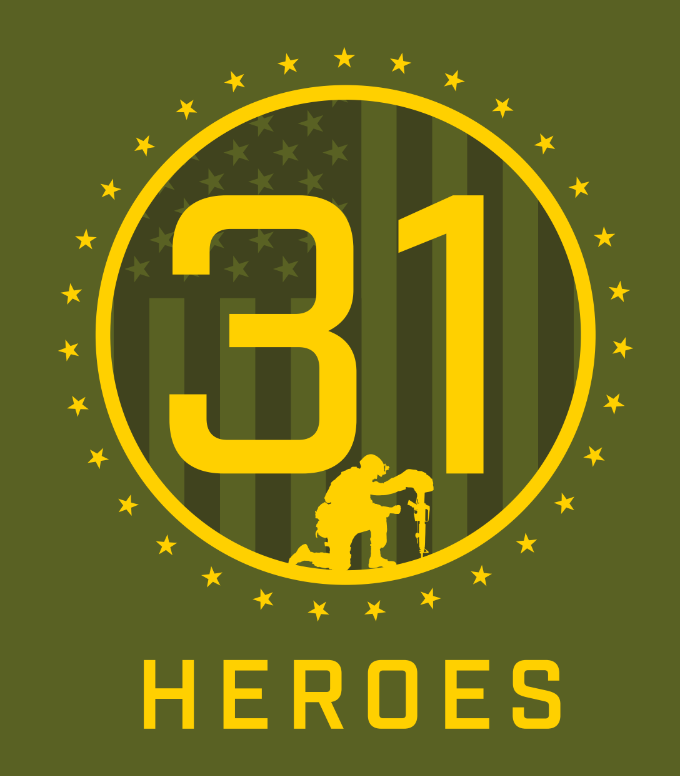Passing
The lacrosse pass is a fundamental lacrosse skill. Most successful teams have the ability to move the ball quickly and effectively transition from defense to offense. Fast breaks and quick attacks can result when you have the ability to effectively pass the ball.
By patiently passing the ball around the offense, you create shooting opportunities. It is important to be able to deliver a precise pass to the player you are passing the ball to, in order to set up that player’s next movement. A pass to the wrong side can twist and move the receiving player out of position and allow your opponent to deliver a check or intercept the pass from the receiving player.
Breaking it down:
- The most important element to learning how to do an effective lacrosse pass is just to do it. Repetition, repetition, and repetition. Learning the correct technique is important, but there is no replacement for just doing it. Work the wall, and work with teammates to throw and catch the ball over and over. You will develop the ability to direct and change the velocity, angle, and release, and you will do so without thinking about it. With a strong fundamental understanding of the throw and the magic of your developing skills, you will develop the ability to throw and pass accurately. All it takes is practice, practice, practice.
- You should be throwing the ball a minimum of 20-30 minutes a day at least three days a week, but in my opinion, every day is not too often.
- The lacrosse pass is very similar to launching a rock with a catapult. In effect that is exactly what it is. The lacrosse stick acts as a long lever that allows the player to add leverage to the force applied. This increases the velocity of the ball sitting in the pocket, allowing the player to throw the ball just like a catapult.
- When throwing right-handed, the left hand should be secured around the base (bottom) of the stick and held firm. Speaking in terms of a catapult this is the fulcrum.
- The Right hand is the force that moves the stick first back as you wind up, and then quickly snap your wrists forward as you slide your right hand down the crosse to guide the angle and direction of the shot.
- As you motion from back-to-forward to pass, your fulcrum hand (left) will move in toward your body while your Right hand will extend forward in the direction of the target. You should finish with the stick pointing at the target.
- The lacrosse pass should be sharp and crisp so that the ball travels with a good amount of velocity. A soft throw will tend to float and allow a defender to move to disrupt or intercept the pass. Quick, strong passes are much preferred to soft lobs.
- When passing the ball to another player you should look to throw the ball to the shoulder away from the defender. This allows the receiving player to shield the ball away from the defender.
- When making a pass to a moving player, you should throw the ball in front of the player as they run when possible. You want to lead the receiving player by passing to where they are going to be, so that they can maintain their speed without having to stop and come back to the ball, thus allowing defenders time to close and recover. Obviously, this is not a hard rule. If there is a threatening defender in front of the player that you are throwing to, you should make your pass to the side away from the defender, allowing the receiver to adjust to the ball and protect it from the defender.
It is very important to learn how to throw with both hands. Initially, it will be tough to do with just your strong hand, but as soon as you start getting the hang of it with one hand, try the other side and work for both hands equally. In the end, you will want to work for your weak hand more than your strong hand. The ability to catch and throw with both hands is very valuable. You will be limited as a player if you only throw with your strong hand.
Tip: Use your weak hand during the day to do common everyday tasks, like eating, brushing your teeth, and opening doors.
Wall Ball is a very valuable practice tool for players of all ability levels. One of the great aspects of the wall is you can do it alone. Get on the wall as often as possible. Throw and catch with someone, and finally, set up drills to teach specific aspects of the game.
